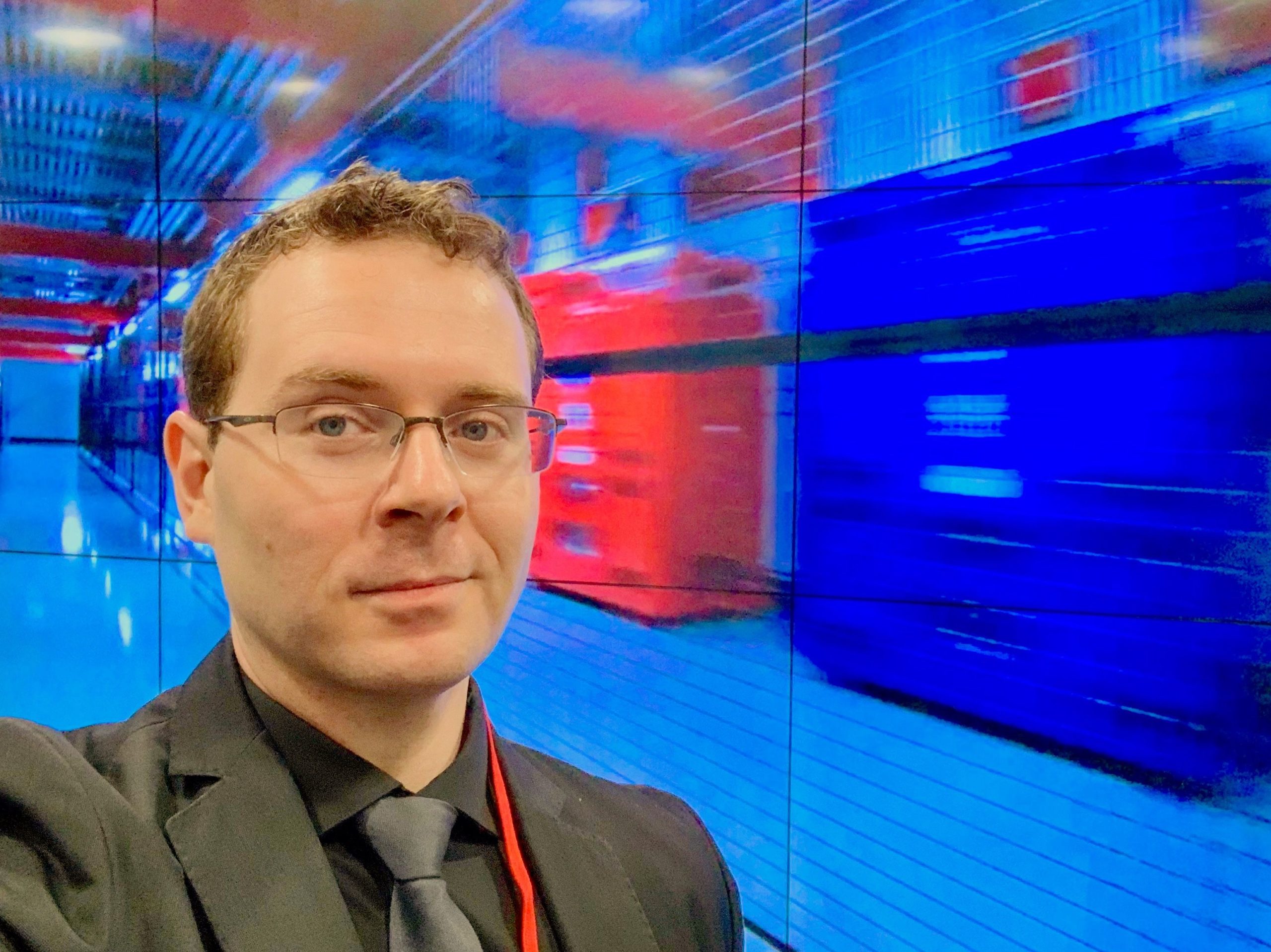Liquid Cooling – Use Cases and Best Practices9 min read

As we look out into the data center world – it’s pretty clear that a lot has changed. And, it all just keeps on changing. There are new demands around cloud computing, big data, and infrastructure power/cooling efficiency. Furthermore, this change in the data center is being driven by more users, more data and a lot more reliance on the data center itself. With cloud technologies and the rapid growth in data leading the way within many technological categories – working with the right data center optimization technologies has become more important than ever.
This is where liquid cooling comes into play. I’ve been seeing more and more applications for the technology. Real-world use-cases which are impacting the way we deploy servers and various systems. This involves everything from liquid cooling GPUs to deploying a server-level cooling solution. Here’s the other big point – liquid cooling isn’t going anywhere. In fact, that industry is growing… fast.
With the growth in cloud, come new requirements around the rack and even server density; placing, even more, requirements around advanced cooling and data center management systems. A 2015 NRDC report indicates that data center electricity consumption is projected to increase to roughly 140 billion kilowatt-hours annually by 2020. This is the equivalent annual output of 50 power plants, costing U.S. businesses $13 billion annually in electricity bills.
This is why organizations have been looking at new cooling solutions to help shape the efficiency of their data centers. According to Stratistics MRC, the Global Data Center Liquid Cooling market is estimated at $0.64 billion in 2015 and is expected to reach $3.56 billion by 2022 growing at a CAGR of 27.7% from 2015 to 2022. Rising need for eco-friendly solutions and increasing density of server rack are the key drivers fueling the market growth.
As the report points out, indirect liquid cooling holds the largest market share due to its transition property and direct liquid cooling is anticipated to grow at higher CAGR during the forecast period owing to its cost-efficient property and can be used for various types of data centers. In service segment installation and deployment accounted for the largest market share whereas service and maintenance are expected to have the largest share during the forecast period.
With this in mind – let’s look at a couple of real-world scenarios where liquid cooling can make a difference:
- Cooling servers directly. You can now deploy entire server farms which come with factory-installed Direct Contact Liquid Cooling solution to address power and cooling challenges for a wide range of customers, especially in verticals such as High-Performance Computing (HPC) and High-Frequency Trading. These types of offerings enable customers to order factory-installed and warranty supported, liquid cooled servers with corresponding heat exchangers, manifold products, and services to deliver a complete data center liquid cooling solution. The cold plate solution, designed and manufactured by CoolIT, uses warm water to cool the CPUs, eliminating the need for chilled water. Customers employing liquid cooling can potentially realize competitive benefits by lowering their cooling costs while increasing compute density and maximizing performance of their servers.
- Cooling individual components. If you need to cool specific server components – there are some powerful solutions to do this as well. Ebullient’s two-phase liquid cooling systems are extremely versatile and can cool everything from Intel Xeon CPUs up to high-performance GPUs, such as NVIDIA Tesla K80 graphics accelerators. In fact, there are specific liquid cooling technologies which are designed to work with the NVIDIA Tesla card. Ultimately, this helps optimize graphics processing, creates K80 cooling best practices, and supports advanced big data workloads. This means that administrators don’t have to create complex custom cooling solutions and should be looking at liquid cooling for their big data and next-gen GPU requirements.
Whichever way you’re designing your data center, make sure to keep your options open when it comes to cooling solutions. Liquid cooling solutions are helping organizations design around high-performance computing requirements, work with new types of big data systems, and even create greater levels of optimization. Moving forward, it’s important to work with the various cooling system which helps meet your data center requirements. Combined with other cooling best practices, like computational fluid dynamics, air side economization, containment, and capacity planning – liquid cooling can play an important role in your data center’s cooling strategy.

Bill Kleyman
Industry Analyst | Board Advisory Member | Writer/Blogger/Speaker | Contributing Editor | Executive | Millennial
Bill Kleyman is an award-winning data center, cloud, and digital infrastructure leader. He was ranked globally by an Onalytica Study as one of the leading executives in cloud computing and data security. He has spent more than 15 years specializing in the cybersecurity, virtualization, cloud, and data center industry. As an award-winning technologist, his most recent efforts with the Infrastructure Masons were recognized when he received the 2020 IM100 Award and the 2021 iMasons Education Champion Award for his work with numerous HBCUs and for helping diversify the digital infrastructure talent pool.
As an industry analyst, speaker, and author, Bill helps the digital infrastructure teams develop new ways to impact data center design, cloud architecture, security models (both physical and software), and how to work with new and emerging technologies.
Airflow Management Awareness Month
Free Informative webinars every Tuesday in June.







0 Comments